Camel grass goes by a variety of common names to add historical and present day confusion and while it was often indicated in Kyphi formulas, it wasn’t exactly clear if its inclusion in the raw material list was in fact Camel Grass or not. Pliny stated that it grew along side Acorus (calamus) and while past literature has expressed doubt regarding the use of Camel Grass, with its close proximity to that particular Kyphi ingredient, it would stand to reason that Camel Grass would be found in incense formulas. Guildemeister states that the scent profile is similar to Elemi but after my own personal evaluation of our apothecary distillations, I’m more inclined to characterize it as a rosy Palmarosa with soft Peruvian pink peppercorn undertones, Kenyan pink peppercorn being more harsh noted. It is referenced interchangeably with Lemongrass (Cymbopogon) however, scent wise the two couldn’t be more different with one being rosy and the other very much a grassy lemon note. Both are top notes with short sillage and are in the same large species family with fifty three other grasses.
It was the powdered root that Egyptians used to treat rheumatic pain however, ayurvedic medicine uses it primarily to treat headaches and nasal congestion. There is mention of treatment of stiff joints so that could also infer the treatment of rheumatic soreness. Camel Grass has been found to be effective against E. Coli and one form of staphylococcus proving its ability to be a potent antibacterial agent. It is a traditional protectant against fever, and anti inflammatory issues. Traditional Saudi herbalists find use of Camel Grass in the treatment of urinary tract infections and to inhibit kidney stones from forming.
It’s important to mention that this particular grass is a desert species and would have been well suited for the arid areas of Egypt as such the Mohave Desert, where I explored while on my trip to Egypt last year.


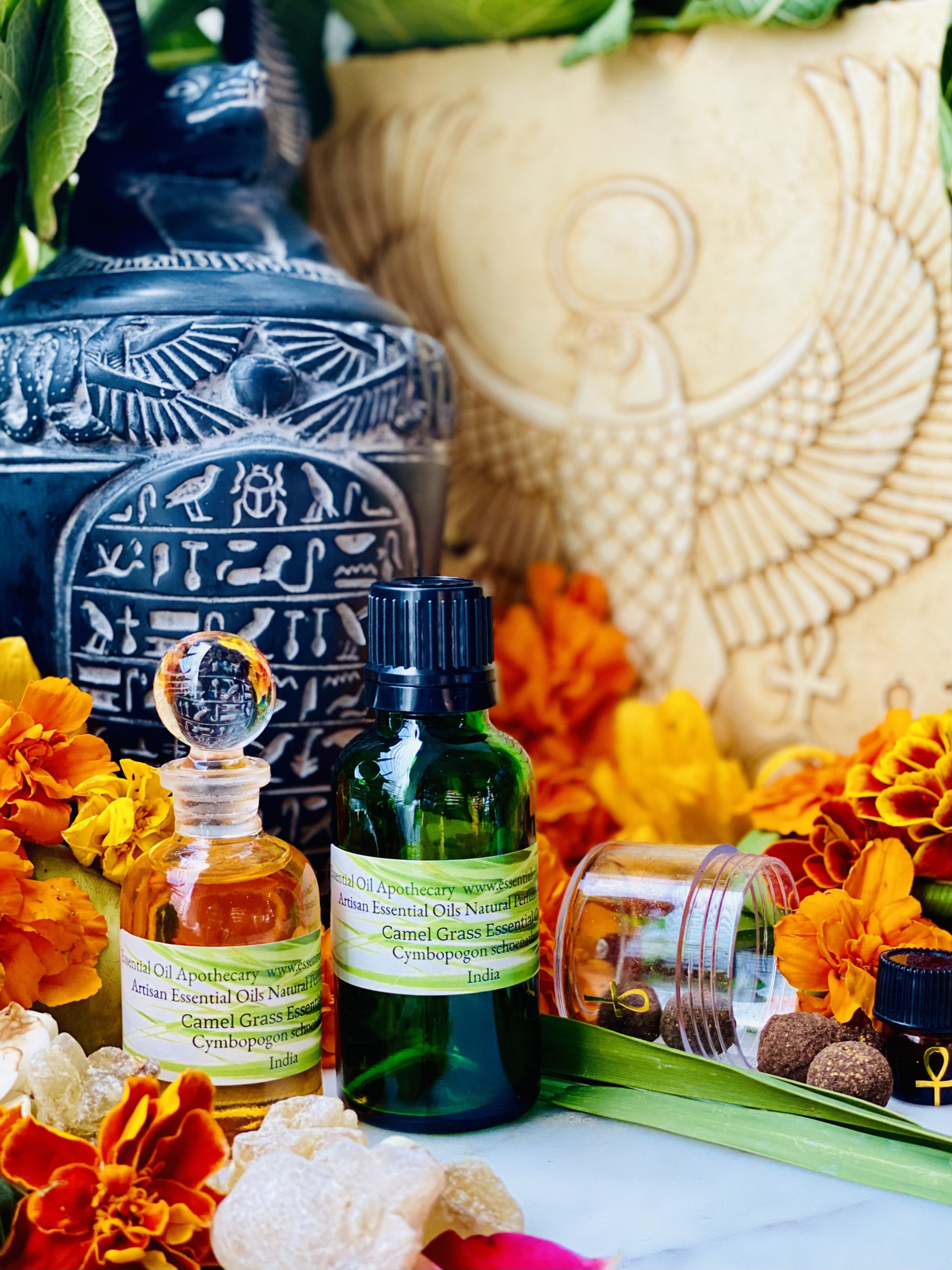
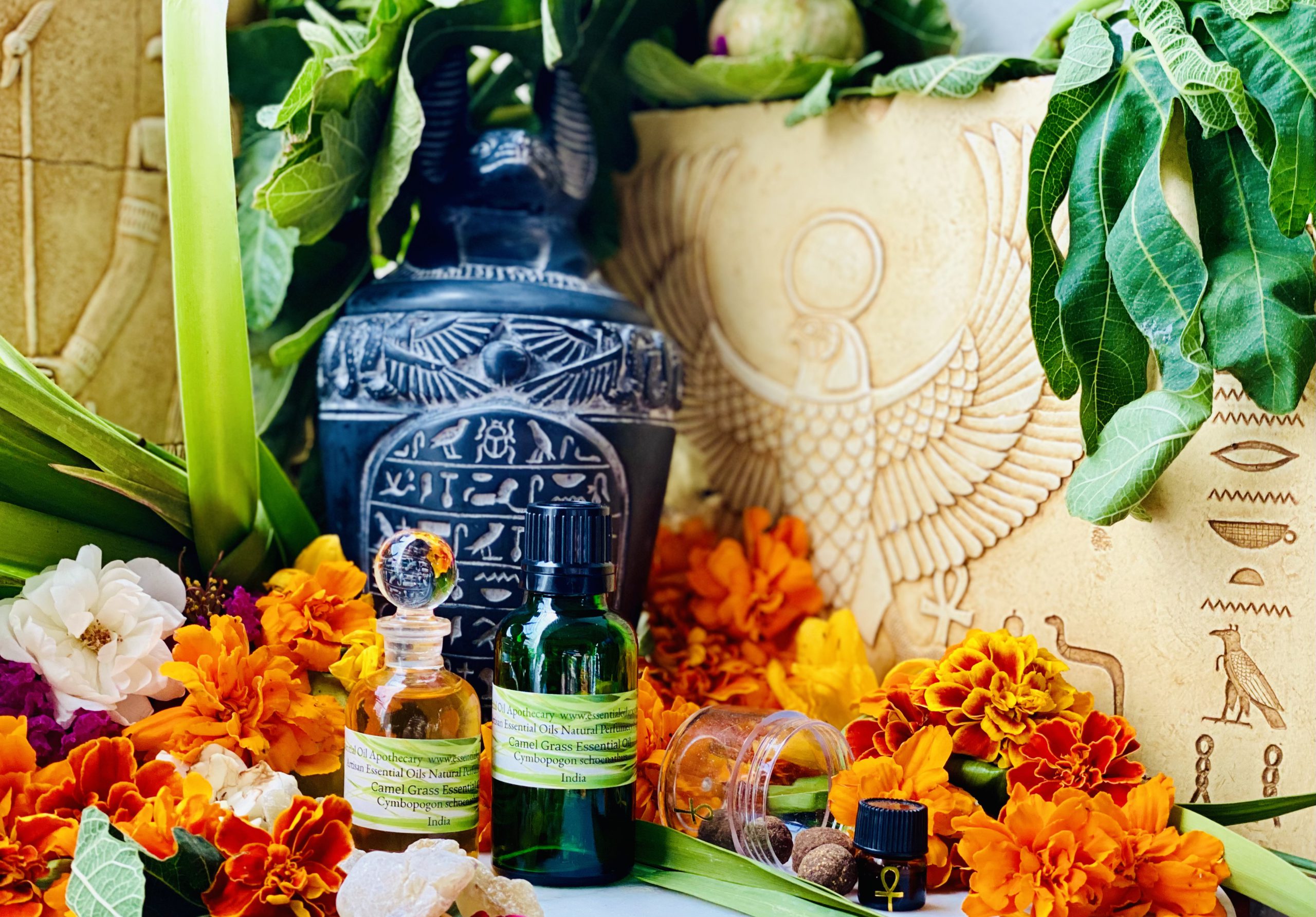
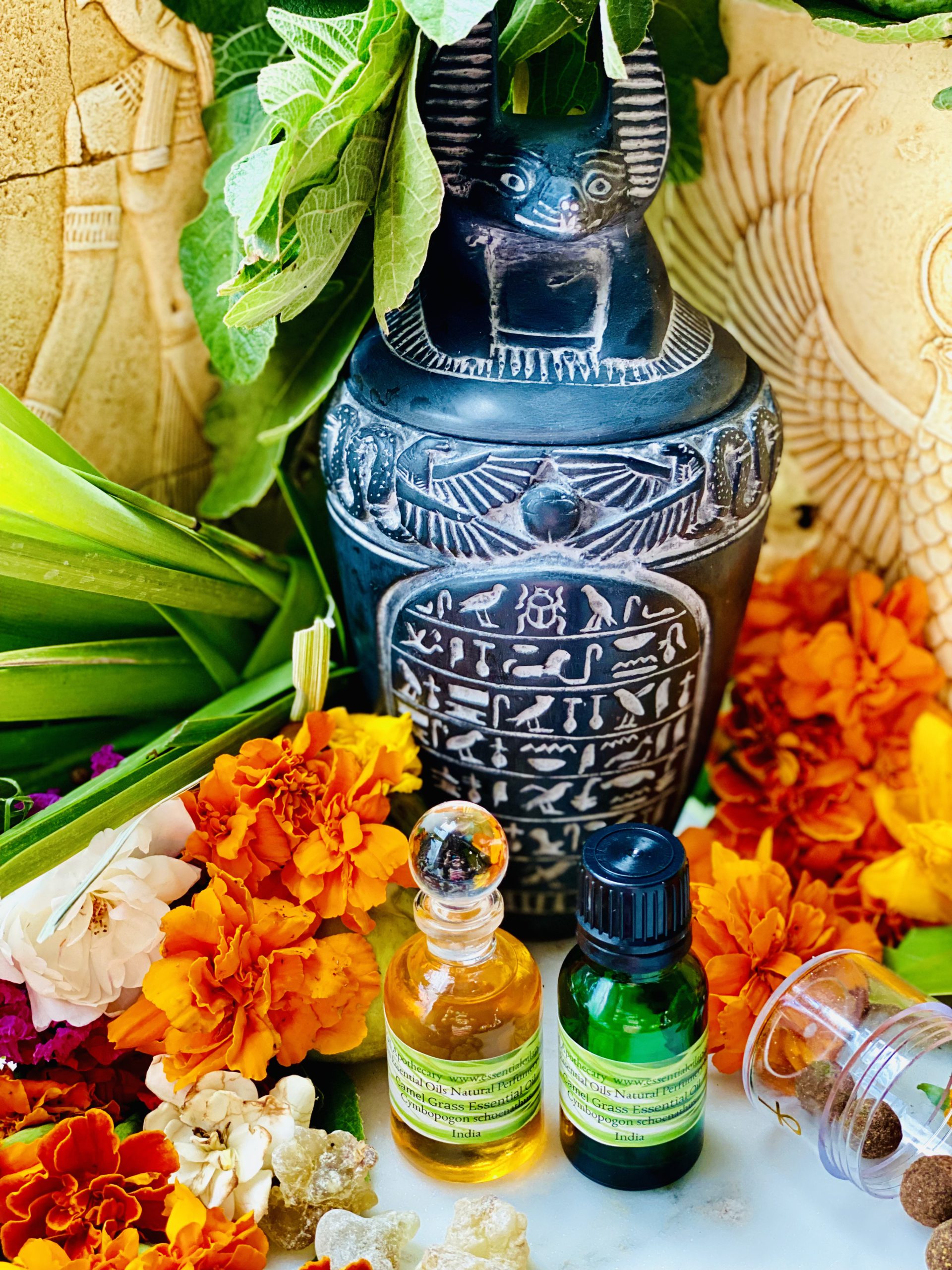
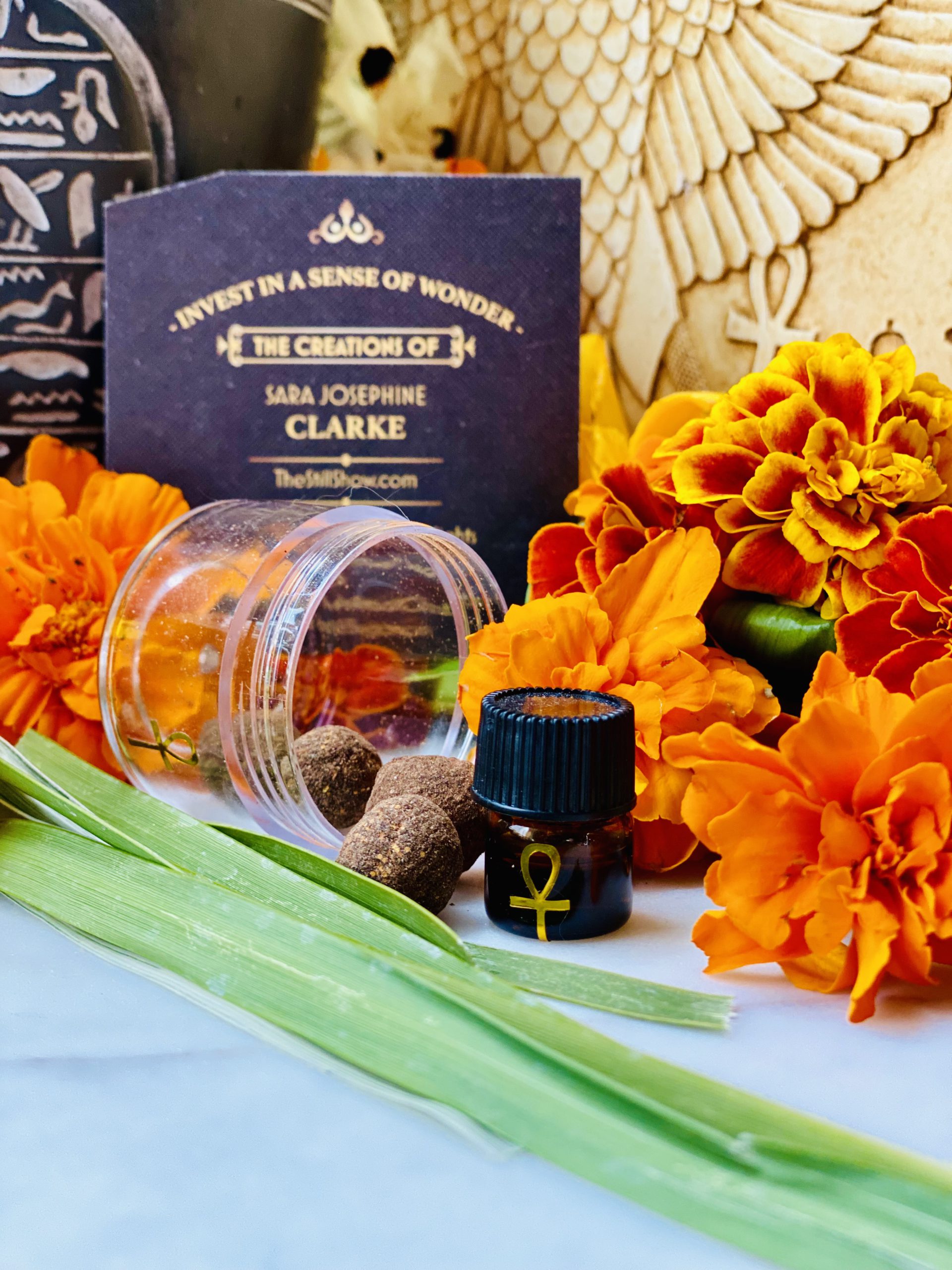


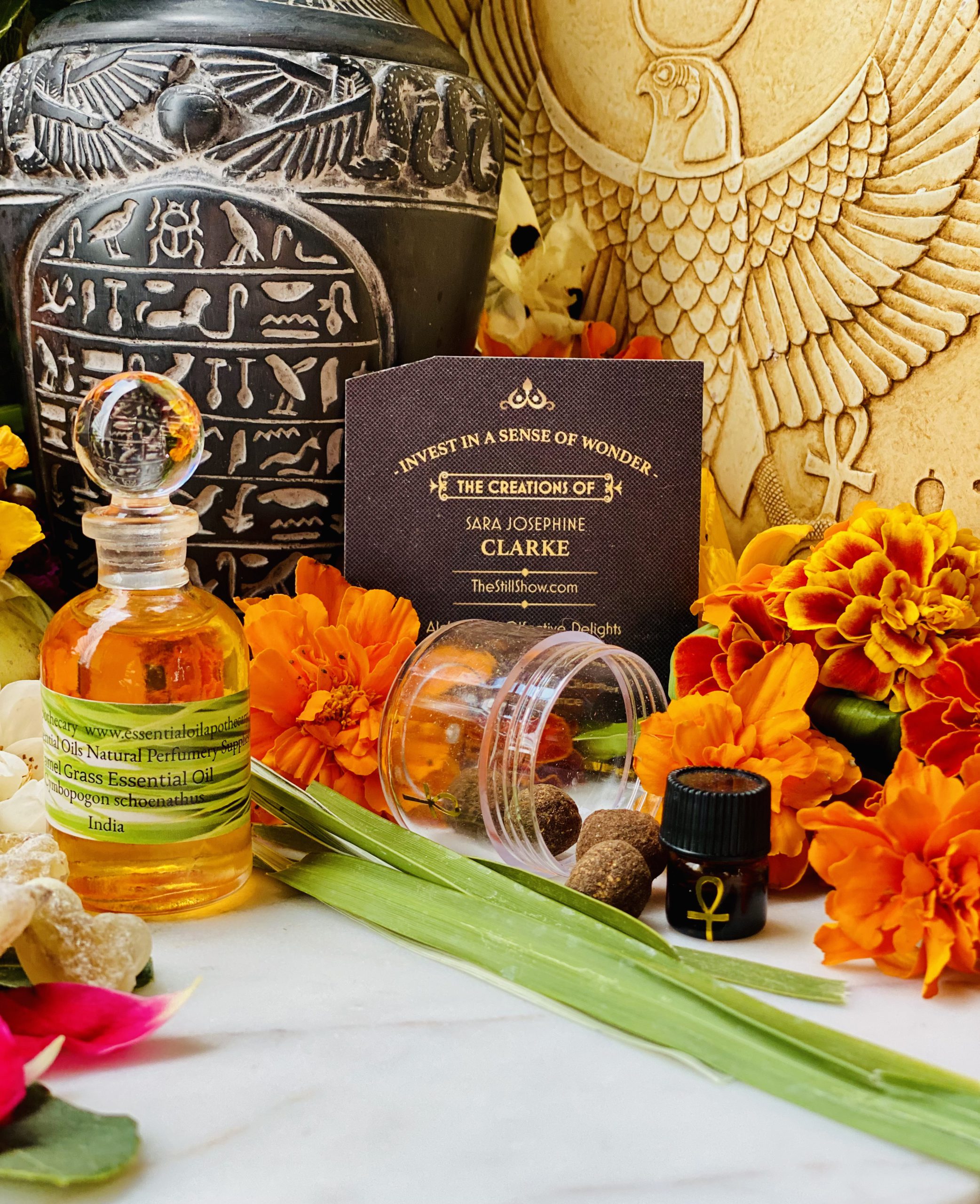
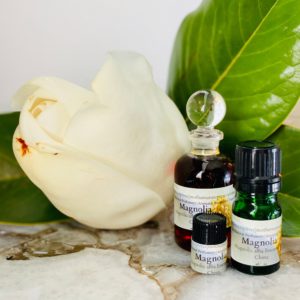
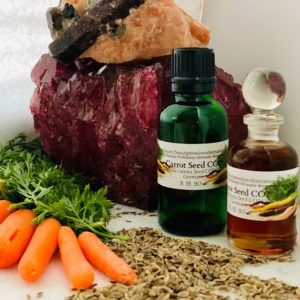
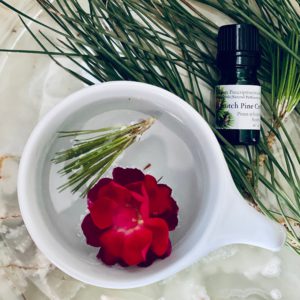
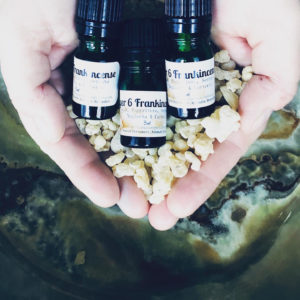
Reviews
There are no reviews yet.